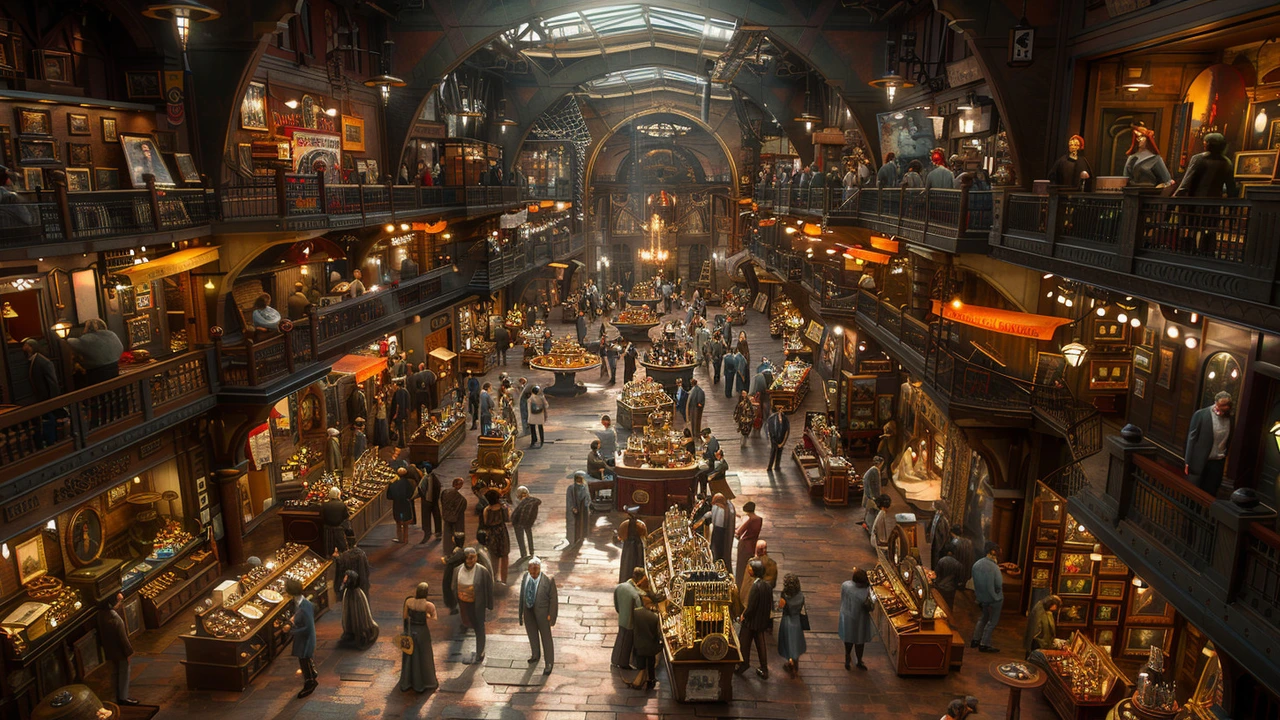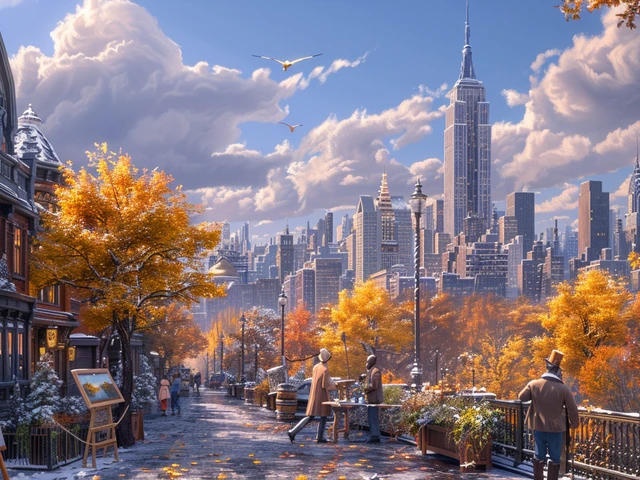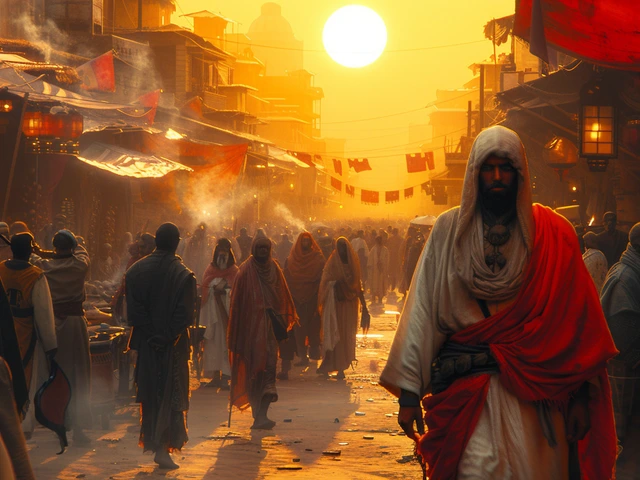Introduction to Avant-Garde
The term 'avant-garde' might seem like a sophisticated label, casually tossed around in art galleries and highbrow conversations, but its roots are deeply entrenched in the history of art and culture. Originating from the French word for 'advance guard', the concept refers to artists, writers, and thinkers who push the boundaries of what is accepted as the norm or status quo in the cultural realm. The avant-garde is not just a category of art; it's a movement, a mindset, and at times, a way of life for those daring to challenge and innovate.
Historically, avant-garde movements have often been the harbingers of change, predicting and precipitating shifts in society, politics, and of course, art itself. Whether in the chaotic brushstrokes of a Fauvist painting or the dissonant chords of a contemporary musical piece, the essence of avant-garde is unmistakable. It seeks not only to defy expectations but to redefine them, creating a seismic shift in perceptual boundaries.
The Roots of Avant-Garde
The birth of avant-garde can be traced back to the 19th and early 20th centuries, a time of rapid social, political, and technological changes. The Industrial Revolution, along with burgeoning political movements, provided a fertile ground for radical artistic expression. Artists began to question the purpose and methods of art, seeking new ways to engage with the rapidly changing world around them.
In this cauldron of innovation, various movements began to emerge, each proposing a different challenge to the conventional. From Impressionism's break with academic painting techniques to Dada's outright rejection of logical reasoning in art, each movement laid a cornerstone for what would collectively be recognized as the avant-garde.
Key Figures and Movements
Discussing the avant-garde without mentioning its seminal figures and movements would be like exploring a forest without acknowledging the trees. Icons such as Pablo Picasso, Marcel Duchamp, and Kazimir Malevich come to mind, artists who dared to envision and create what had never been seen before. Their works laid the foundation for countless movements—Cubism, Futurism, Suprematism, and Surrealism, to name a few—each contributing its unique voice to the choir of avant-gardism.
'The chief enemy of creativity is 'good' sense.' - Pablo Picasso
This quote by Picasso encapsulates the ethos of the avant-garde: a relentless pursuit of innovation beyond the confines of conventional 'good' sense. The movements didn't just challenge artistic techniques and styles; they questioned the very role of art in society, pushing for a more engaged and critical dialogue between the artist and the world.
The Impact of Avant-Garde on Modern Art
The influence of avant-garde movements extends far beyond their own time. They have shaped the trajectory of art history, setting the stage for contemporary and post-modern expressions. The conceptual leaps made by avant-garde artists paved the way for abstract expressionism, minimalism, and the conceptual art that dominate much of today’s art scene. The bold experimentation of the past has legitimized the radical diversity found in current artistic practices.
Moreover, the principles of avant-garde have infiltrated other forms of cultural expression, from literature to cinema and beyond. The spirit of innovation and rebellion against the mainstream continues to inspire artists across disciplines.
Avant-Garde in the Digital Age
The digital age has ushered in a new era for avant-garde art, transforming not just the mediums and methods, but the very concept of what art can be. Digital technology has democratized the art-making process, allowing for more voices to participate in the avant-garde conversation. From digital painting and 3D printing to augmented reality installations and net art, the frontier of what constitutes avant-garde art is continually expanding.
This digital transformation also poses new challenges and questions about the nature of art, authorship, and audience engagement—issues that avant-garde artists are uniquely equipped to explore. As the digital landscape evolves, so too does the avant-garde, finding new ways to interrogate and innovate within this virtual realm.
Contemporary Avant-Garde Movements
Today, the avant-garde spirit is alive and well, manifesting in diverse and unexpected ways. Artists continue to challenge societal norms and explore new aesthetic territories, whether through street art, performance art, or innovative use of emerging technologies. Movements like Post-Internet Art reflect on how digital culture shapes our perceptions, while eco-artists address pressing environmental concerns through their work.
The contemporary avant-garde is as much about the message as it is about medium and method. In an age of information overload and environmental crisis, these artists are forging new paths to awareness and change, reminding us of art’s power to inspire and provoke.
Conclusion
The story of avant-garde is one of perpetual motion and evolution. While its manifestations may change with the times, the core principles remain the same: challenge the status quo, question societal and artistic norms, and explore the unknown. As we look toward the future, the legacy of the avant-garde offers not just inspiration, but a critical lens through which to view the changing landscape of art and culture. In embracing the avant-garde spirit, we open ourselves to the endless possibilities of innovation and transformation.
In the end, the avant-garde phenomenon teaches us that art is not just a mirror to society but a hammer with which to shape it. By breaking down barriers and transcending boundaries, avant-garde artists remind us of the transformative power of creativity and the endless potential for human imagination.



